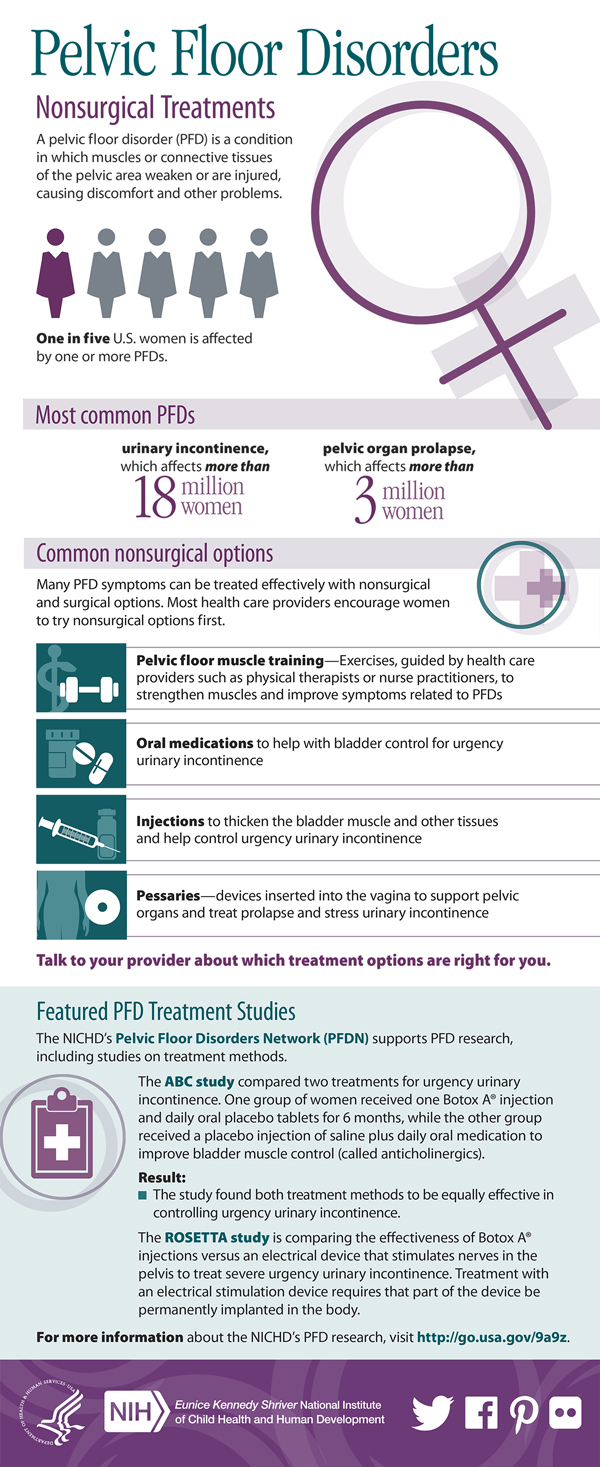Exactly How To Allocate Your Flooring Project: A Practical Overview
Exactly How To Allocate Your Flooring Project: A Practical Overview
Blog Article
Content Writer-Leach Hvidberg
When you're intending a floor covering job, budgeting isn't just about choosing a number; it's about comprehending what you really require and the expenses entailed. You'll intend to examine your particular requirements, research various products, and anticipate unforeseen expenditures. Consider just how variables like room purpose and installation approaches can impact your budget plan. But prior to you jump in, there are some critical details you might forget that can substantially influence your total prices. Allow's check out how to browse these intricacies and ensure your job stays on track.
Assessing Your Flooring Requirements
Prior to diving into your flooring job, it's critical to analyze your floor covering requires. Start by considering the details areas where you prepare to set up brand-new flooring. Think of the purpose of each space. For instance, bathroom and kitchens need water-resistant products, while living locations may gain from convenience and appearances.
Next off, evaluate the existing conditions of your floors. Are there any type of architectural concerns, such as uneven surface areas or dampness issues? Attending to these worries at an early stage can conserve you money and time down the line.
Also, remember of the dimensions of each room to figure out just how much floor covering you'll require.
Do not forget to consider your lifestyle. If you have animals or young youngsters, longevity could be your top concern, while a more formal space may call for a glamorous coating. In addition, think of your layout preferences. Do you choose a classic look, or are you attracted to modern designs?
Last but not least, be realistic regarding how much maintenance you're willing to dedicate to. Some materials require more maintenance than others. By understanding your demands plainly, you'll be better equipped to make enlightened choices as you move forward with your floor covering task.
Estimating Expenses and Materials
Approximating prices and products is a crucial action in your floor covering project that can significantly influence your general spending plan. Begin by determining your space properly to figure out just how much floor covering you'll need. For most products, you'll locate pricing by square foot, so accumulate quotes from various distributors to get a realistic figure.
Next off, consider the sort of floor covering you desire. Choices like wood, laminate, floor tile, or carpeting all included different price points. Research the prices for each and every and consider any type of added materials like underlayment, sticky, or shift strips.
Don't neglect to include devices if you're intending a DIY installment, as renting or purchasing equipment can contribute to your costs.
Labor prices are another essential consideration. If you're hiring professionals, get quotes from multiple contractors to ensure you're obtaining a fair cost. Be clear regarding the scope of work to stay clear of unforeseen fees later on.
Last but not least, it's wise to reserve a tiny percent of your budget for any type of unexpected costs associated with products. By thoroughly approximating your prices and products upfront, you'll set yourself up for a smoother and much more convenient floor covering project.
Preparation for Hidden Expenditures
Lots of home owners overlook the surprise expenses that can occur throughout a flooring task, which can result in spending plan overruns. To avoid this, you need to prepare for possible added prices.
First, consider the problem of your existing subfloor. If it's harmed or uneven, you'll likely require repair services or leveling, which can add substantially to your total expenditure.
Next, think about removal and disposal fees for your old flooring. Lots of service providers bill extra for this solution, so aspect that right into your budget.
Additionally, do not forget about the costs of underlayment, which might not be consisted of in the first quote but are necessary for an effective installation.
You should additionally plan for unanticipated issues, such as pipes or electrical job if your floor covering task includes relocating fixtures. view it 's a good idea to set aside a minimum of 10-15% of your complete budget for these unexpected expenses.
Lastly, bear in mind that licenses might be needed for certain installations. Always check neighborhood regulations to stay clear of penalties or delays.
Conclusion
To conclude, budgeting for your flooring task is essential for a successful outcome. By analyzing your requirements, estimating prices, and preparation for covert costs, you'll stay clear of shocks and stay on track. Bear in mind to reserve a section of your allocate unexpected prices and keep a thorough breakdown of your expenses. With cautious planning and consideration, you'll produce a lovely room that meets your demands without breaking the bank. Satisfied https://stackedhomes.com/editorial/i-used-to-work-in-the-interior-industry-here-are-my-6-insider-tips-to-help-you-find-the-right-id/ !
